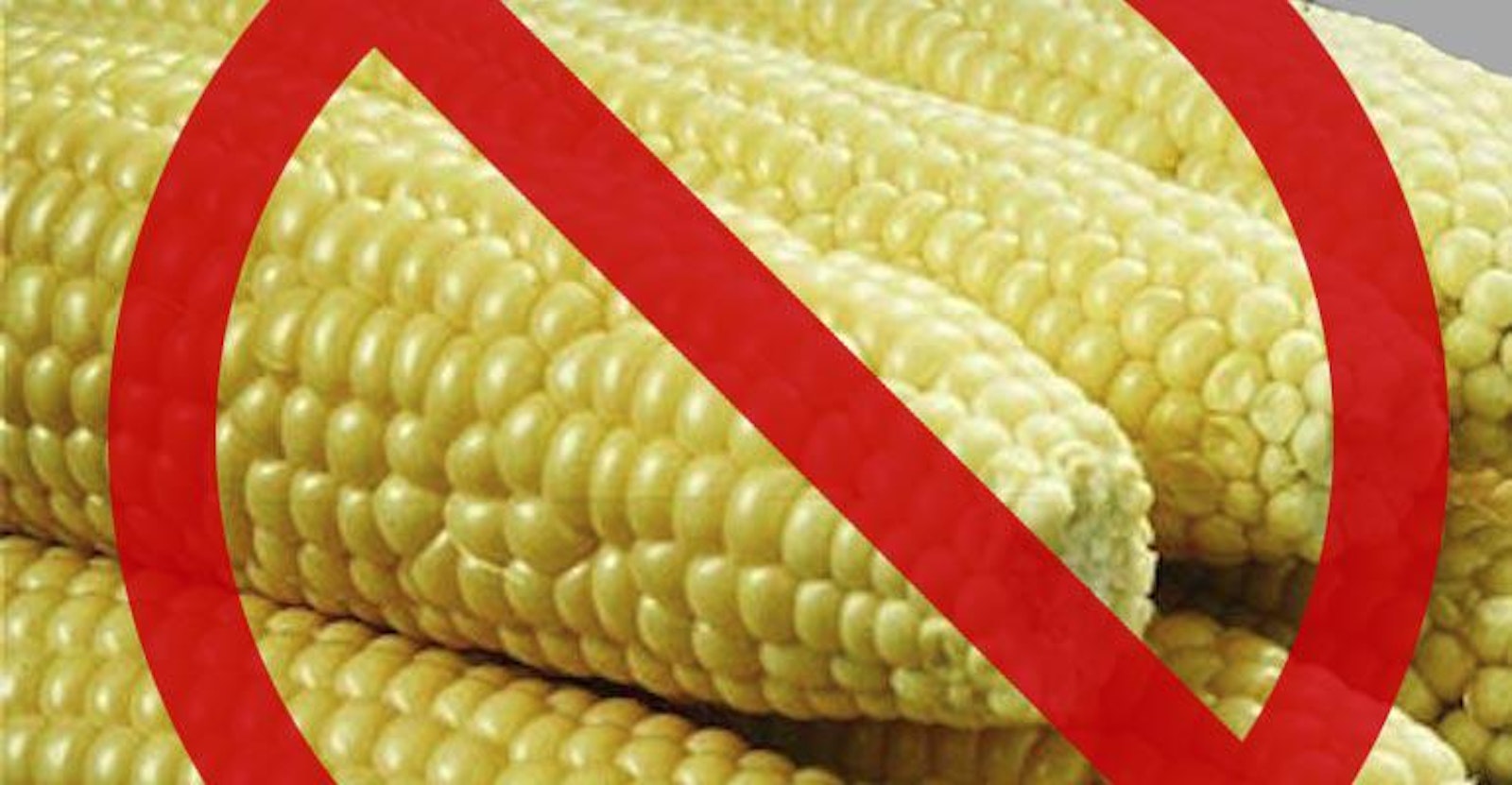If you’ve ever taken a whiff of a pale lager and gotten a noseful of corn, then you’re already familiar with this week’s off-flavor, dimethyl sulfide or DMS. A natural result of malting and mashing, DMS is generally frowned upon, and in most beer styles, it’s not really an issue. But because DMS has such a low perception threshold (humans can detect it at very low levels), even small amounts can overwhelm lighter styles.
First things first. Your best option for controlling DMS is on the hot side (i.e., malt selection, mashing, and boiling). Sure, bacterial contamination can create DMS, but if infection is the issue, chances are your beer has bigger problems than a little corn flavor (actually, infection-related DMS will probably taste more like cabbage, celery, or even shrimp).
By far the most common culprit when it comes to DMS is very pale malt such as pilsner. The precursor compound to DMS, called S-methylmethionine (SMM), is produced during the germination of barley, a key step in malting. All but the very lightest malts have most of their SMM driven away during kilning, but lightly kilned malts hold on to as much as eight times as much SMM as standard pale malt (2-row).
When SMM is heated, such as during mashing or boiling, it begins to break down into DMS, but boiling actually drives much of it away. So boiling wort is good, and hot wort is bad. The moral? Boil like you mean it, and as soon as you’re done, cool that wort fast. And don’t cover the kettle during the boil or during cooling. All of that condensation that falls back into the boil pot is just dripping with DMS.
Heating SMM doesn’t just create DMS; it also creates dimethyl sulfoxide (DMSO), which is odorless but tastes like garlic to some sensitive individuals. DMSO in fermenting wort can be transformed into DMS, but vigorous fermentation can scrub it away. Unfortunately, lager styles, which usually exhibit a decidedly non-vigorous fermentation, can hold onto this DMS more readily, which means that light lagers such as Pilsner have the potential for a DMS double whammy: first from pils malt and second from gentler fermentation.
Join Craft Beer & Brewing cofounder Steve Koenig as he walks you through full extract and all-grain brew days, start to finish. Get the DVD today!
If you’ve noticed that your lightest beers contain a corny character, here are some suggestions to tone down your next batch.
Consider replacing a portion of the pils malt with pale malt. Even the small amount of extra kilning gets rid of a great deal of SMM.
Stick to two-row barley malt unless you have a specific reason to use six-row (e.g., brewing an American adjunct lager or Pre-Prohibition Pilsner), as six-row’s higher protein content encourages SMM and DMS formation.
Extend your normal hour-long boil to 90 minutes. If you live at high elevation, where water boils at lower temperatures, you might even need a 2-hour boil.
Boil with vigor. Get a nice rolling boil, and don’t cover the pot until it’s cool.
Chill wort rapidly. The longer it stays hot, the more SMM is converted to DMS.
Consider selecting a different yeast strain, especially for lagers, that ferments with enough oomph to scrub DMS.
Be sanitary. This goes for every beer you make, but avoiding contamination is fairly simple and prevents DMS-producing bacteria from spoiling your efforts.
Keep in mind that a little DMS is acceptable in some styles, especially light lagers. But “a little” is the key here. We’re talking a suggestion of corn, not the feeling of having bitten into a cob.

